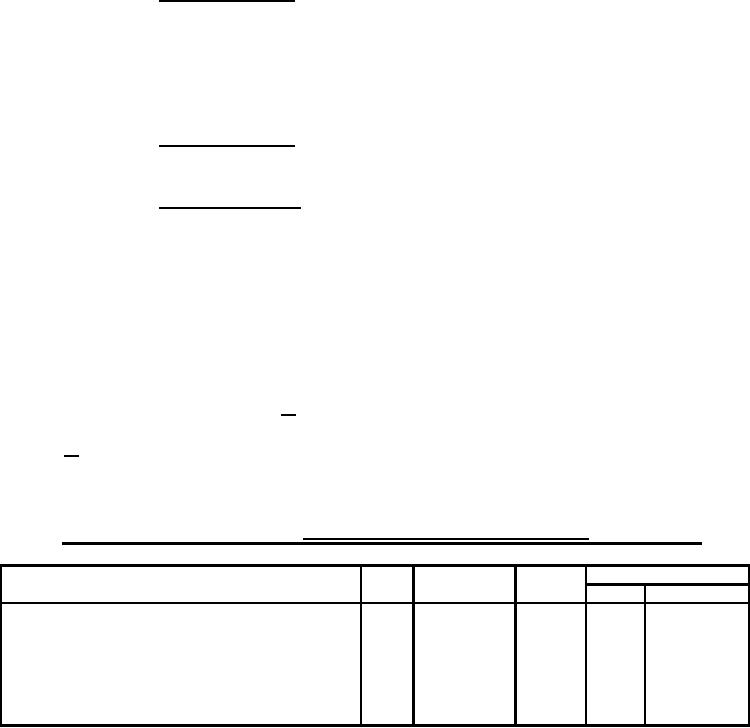
MIL-DTL-3866H
3.7.2.2 Type 301 stitching. Ends of 301 stitching shall be backstitched or
overstitched 1/4 inch minimum except where ends are turned under in a hem or held
down by other stitching. Thread tension shall be maintained so there will be no loose
stitching resulting in a loose bobbin or top thread or no excessively tight stitching
resulting in puckering of the materials sewn. The lock shall be embedded in the sewn
materials.
3.7.2.3 Type 401 stitching. Thread tension shall be maintained so that there will
be no loose stitching.
3.7.2.4 Repairs of stitching. Repairs of stitching shall be as follows:
a.
When thread breaks or bobbin run-outs occur during sewing, the
stitching shall be repaired by restarting the stitching a minimum of 1 inch back of
the end of the stitching.
b.
Thread breaks or two or more consecutive skipped or run-off
stitches noted during inspection of the item shall be repaired by overstitching.
The stitching shall start a minimum of 1 inch beyond the defective area onto the
existing stitching. Loose or excessively tight stitching shall be repaired by
removing the defective stitching, without damaging the materials, and restitching
in the required manner. 1/
1/ When making the above repairs, the ends of stitching are not required to be
backstitched.
TABLE II. Manufacturing operations requirements
No. Requirements
Stitch
Seam and
Stitches
Thread
Type
Stitching Type
per Inch
Needle Bobbin/Looper
1. Cutting. The gloves shall be cut in
accordance with the patterns. There are two parts
to each glove, a front and a back. All component
parts shall be cut from the same piece of material
with the length direction (cuff to fingertip direction)
of the part running in the wale direction.
5
For Parts Inquires submit RFQ to Parts Hangar, Inc.
© Copyright 2015 Integrated Publishing, Inc.
A Service Disabled Veteran Owned Small Business